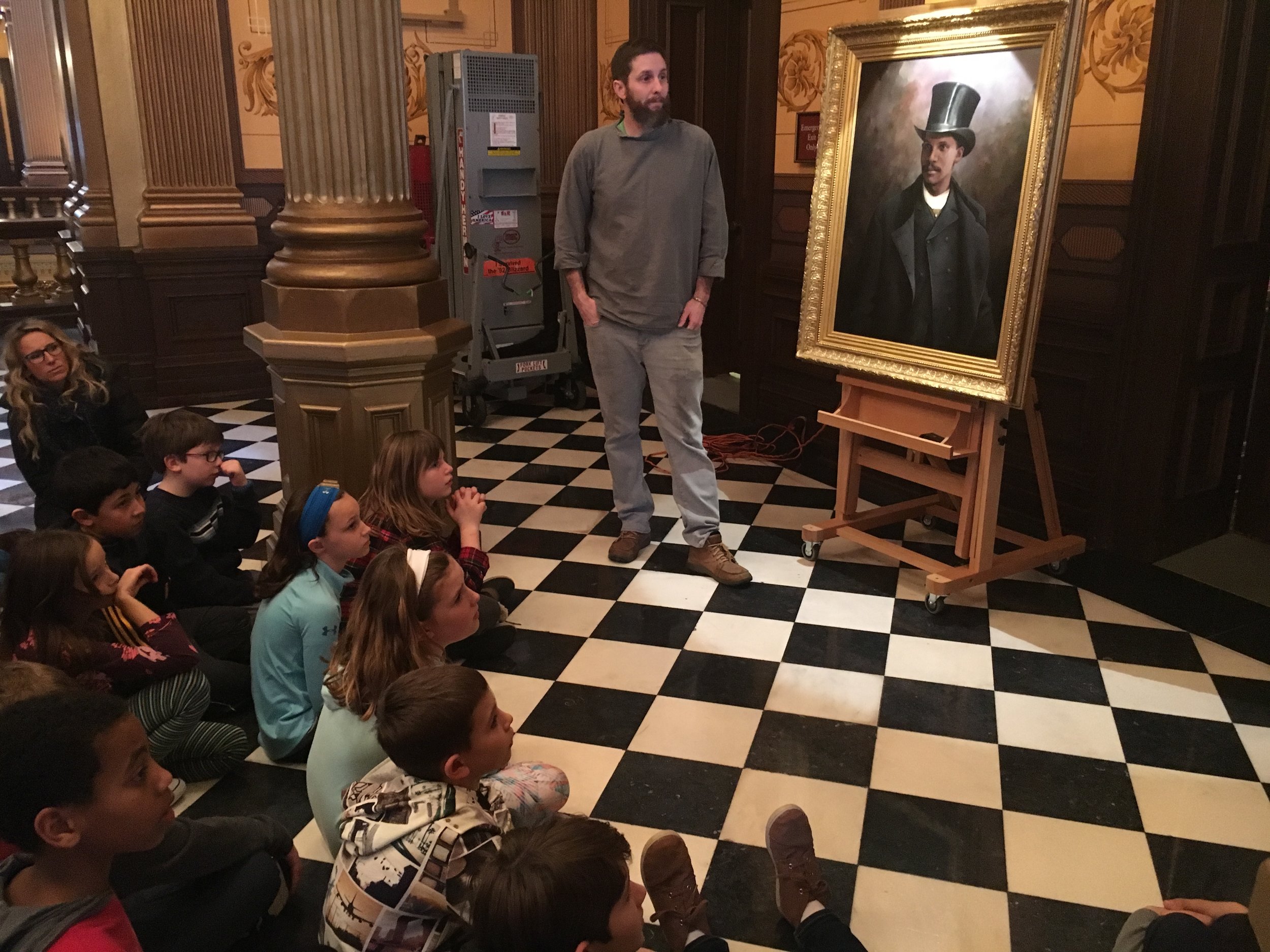Why Modern Art deleted the Picture Frame
The picture frame, for centuries, served as more than a mere border; it was a threshold. It demarcated the artwork as a separate reality, a "window" into another realm. This realm was not merely a reflection of the material world, but often symbolized the heavenly or transcendental. From gilded Baroque extravaganzas to the simple elegance of Neoclassical moldings, frames played a crucial role in how art was perceived and valued, often investing the image with a sense of sacredness or elevated importance. However, the advent of modern art saw a significant departure from this tradition, with artists increasingly abandoning or radically reinterpreting the frame. This shift reflects profound changes in artistic philosophy, the role of the artwork, and the relationship between art and the viewer.
One of the primary reasons for the frame's decline lies in modern art's rejection of illusionism and the embrace of materiality. Traditional frames often enhanced the illusionistic depth of a painting, emphasizing its function as a window onto a scene, particularly a window that might depict an idealized or divine reality. Modernist movements, however, sought to break down this illusion. Cubism, for example, fragmented and flattened pictorial space, drawing attention to the canvas as a physical object. Artists like Picasso and Braque were more concerned with the formal elements of art—line, shape, color—than with creating a convincing representation of reality or a symbolic gateway to the divine. In this context, the frame became a superfluous barrier, separating the artwork from the very materiality it sought to celebrate.
Furthermore, the rise of "art for art's sake" liberated artists from the constraints of patronage and traditional subject matter. No longer bound to depict historical narratives or religious scenes for wealthy clients, artists explored abstraction, emotion, and subjective experience. This newfound freedom extended to the presentation of their work. The ornate frames that had once signified status, value, and a connection to a higher power became irrelevant, even contradictory, to the radical newness of the art itself. Artists sought a more direct and unmediated relationship with the viewer, and the frame was perceived as an obstacle to this immediacy.
The changing role of the artwork also contributed to the frame's diminishing importance. As art moved out of the private salon and into the public museum, its function shifted from decoration and status symbol to a more democratic and educational one. The emphasis was on the artwork itself, not its surroundings. Moreover, movements like Minimalism further stripped art down to its essential elements, rejecting any extraneous ornamentation. A simple, unframed canvas or a raw, industrial sculpture became the epitome of artistic purity.
In conclusion, the disappearance of the traditional picture frame in modern art was not merely a stylistic choice but a fundamental shift in artistic philosophy. It reflected a rejection of illusionism, a celebration of materiality, a newfound artistic freedom, and a changing relationship between art and the viewer. The artwork was no longer primarily a window into a transcendental realm, carefully contained and separated from reality, but rather an object in its own right, existing in and engaging with the space of the viewer.






















